|
I was so excited to finally see The Globe after watching David Tennant trod its boards as Doctor Who in "The Shakespeare Code". In case you haven't seen that episode, here's the last bit when the Carrionites are attacking during The King's Men's production of Love's Labour's Won.
Unfortunately, this was the first thing we did after getting to Killeen airport at 7am, a seven hour layover in Dallas, a nine hour flight, being death marched all around London during the day, plus a 1.6 mile walk from our hotel to the Globe, and being awake for 36 hours total by the time the show was over. We had to "hire" seat cushions for $5 as well as buy programs also for $5. I'm using the $ symbol but you should just read that as pounds. My head was murky and I was falling asleep even with the cushions which didn't really mitigate the truly uncomfortable, ridiculously hard benches, it wasn't enough to keep me awake. Another problem was the partially obstructed view we had from sitting behind a small pillar, as well as looking at the stage from behind the giant stage right column, which cost $22. The groundlings were only paying $5, but they had to stand up for the entire 2:45 running time, which was something our sleep-deprived, jet lagged, death-marched legs couldn't have done. As a side note, we were getting on average between 10-14,000 steps a day prior to this trip. That day I got 24,290 steps. So, maybe it was a good show, but in the state I was in I certainly couldn't appreciate it. To make the whole thing worse, the space is open at the top, which is lovely as long as there aren't a cadre of helicopters flying overhead during the show. Sometimes the actors would pause, but most of the time they just kept going, trying to be even louder than the racket outside.
Production Photos
First of all, these photos are from the reviews that I've linked to below. No photography during the shows, of course, but the show was so odd, you need some photos for clarification. The first odd thing about this production was that the newly appointed Artistic Director, Michelle Terry, was also the title character. The show was cast gender blind, ethnicity blind, and disability blind. Hamlet, Horatio, Laertes, and Marcellus were female; Ophelia was male. Ophelia, Marcellus, and Guildenstern were non-white. Guildenstern was also deaf and performed her role using BSL (British Sign Language). So, on the surface that seems like an interesting choice. I am all for diversity in theatre (as in everything), but I just couldn't seem to find the underlying reason for the gender swap. If all the male roles had been played by women and all the female roles had been played by men, that would have sent a message. Then I would have felt like they were making a statement about the nature of masculinity/femininity, and the resulting power struggle in relationships. I am thinking of the French PSA for sexual harassment from several years back https://www.youtube.com/watch?v=V4UWxlVvT1A which you can watch here. But only some of the male roles were played by females and only one female role was played by a man, so I'm not sure what that says.
I was confused by Ophelia wearing an Elizabethan dress (no padding for breasts), with his own short hair and no stereotypical "female" makeup. This wouldn't have been as confusing if Gertrude (who was played by a woman but I had to look it up in the program to be sure) hadn't also had a short "boy" haircut, flat chest, and a mannish face.
Another confusing thing was the mix of Elizabethan and modern costuming. Ophelia and Gertrude were in appropriate Elizabethan dress some of the time, while Hamlet was all over the place, even wearing a sad clown costume a la Pagliacci, when "he" was mad. In case you are not familiar with Italian opera, it looks like this. The fencing match at the end was costumed much the same as the Kenneth Branagh production, traditional 19th C white padded tunic and foils.
Ellan Parry, costume Designer
From the program notes:
"I've always felt that designing costumes for actors I don't know is a bit like trying to buy birthday presents for strangers, so I generally try to keep the design process as collaborative and as dialogic as I can, even in a more standardised process, and I love it when actors are interested in engaging with the design world. My heart sinks a little when an actor says "I don't care what you put me in". What we choose-or don't choose-to wear and own and carry with us can say so much about who we are, where we've come from, and who we want to be--some of the most fundamental questions that theatre asks of us. To be invited into a process where all these decisions are made during rehearsals has been truly inspirational. The main challenge from my point of view has been to tie it all together so that everyone's brilliant ideas and contributions can somehow work as a whole, whilst embracing the frictions and contradictions. It's an intricate tapestry we're creating, and if you tug a thread in one place, it starts to unravel somewhere else. Whilst the two plays aren't strictly set in the Elizabethan period, we've definitely drawn on the practices of Early Modern theatre in our design choices. Elizabethan theatre companies embraced a kind of playful and expedient anachronistic eclecticism in their visual worlds. Within a single play, audiences would have seen a cheerful mash-up of objects and clothing recycled from earlier productions, made or acquired specifically for a character or scene, the second-hand finery of aristocrats alongside the actors' own clothes--contemporary, historical and fantastical costumes and props meeting and mingling on the same stage. One striking feature of Elizabethan theatre would have been the sight of people onstage--alongside the kids and queens and gods and heroes--who looked and dressed just like the people in the audiences. This was something that seemed especially important for us to embrace here in this space where the relationship between actor and spectator is so intimate and immediate. Raiding the Globe's extensive store, a number of posh and not so posh charity shops, and even our actors' own wardrobes, hal allowed us to create a visual world which I hope feels perhaps more owned and inhabited than designed, a world haunted by memories of past productions (Jack dressed in the doublet worn by his Rosalind when he played Orland in 2009) and of loved ones (Shubham's mother's dress re-made in white). And of course, a few specially made treats, to join the costumes handing in the store, and haunt the next ensemble." Links to reviews of Hamlet
The Globe website with a synopsis of the play, videos of rehearsal, an interview with Nadia Nadarajah, the deaf actor who played Guildenstern, and info about the production.
Time Out London article on the production.
The Guardian article discussing both Hamlet and As You Like It, with respect to Michelle Terry's directorial and artistic director debut.
An article by the English Dept. of King's College in London on the use of gender blind casting in both Hamlet and As You Like It, which were being done in rep the week we were there.
The Globe itself
We saw the show on Tuesday, and came back for a backstage tour the following Monday. That was a much better experience because I'd slept since then. The tour cost $17 but you get $2 off if you bring your ticket from the show. The Exhibition is included free with your tour ticket and you can spend as much time as you like going through it.
The Exhibition
The Exhibition is a display of artifacts that shows what it was like in Shakespeare's Day, as well as the First Folio, a model of the Globe Theatre, and various costumes and props from former productions. From the program description:
"You can imagine what was once London's most notorious entertainment district. Find out about 17th Century Bankside, the tricks of the Elizabethan stage--from blood to flying--and watch costume dressing, sword-fighting and printing press demonstrations." The BACKSTAGE TOUR
The tour itself included more info on the history of the Globe, the building of the new globe and how that happened, the authentic building materials as well as the modern health and safety accomodations like the sprinkler system, indoor plumbing, and maximum seating capacity (much less than the original crammed in). We also got to sit in on a bit of rehearsal for As You Like It, which was also cast with actors of color, gender swaps, and actors with disabilities.
Map
In case you're interested in how we got there, this is our route. It took us over the Blackfriar's Bridge on the way there, but on the way home we took the Millenium Bridge, which is the one that the Death Eaters destroyed at the beginning of Deathly Hallows.
Click to set custom HTML
0 Comments
Leave a Reply. |
CategoriesArchives
July 2024
|









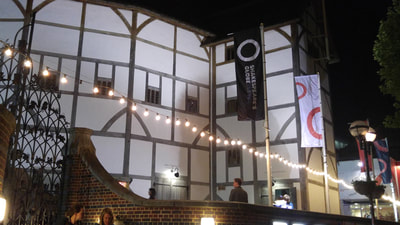


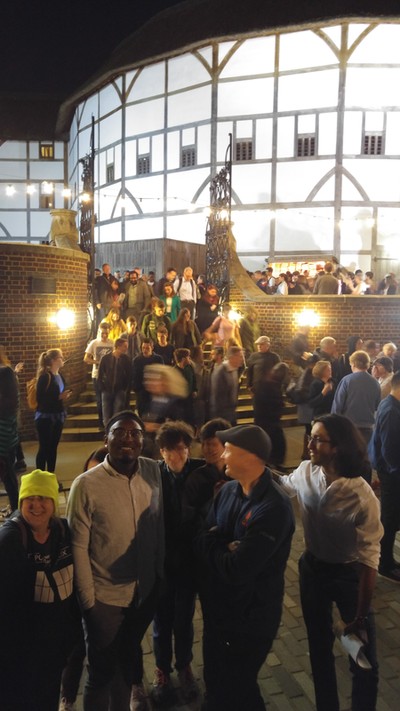



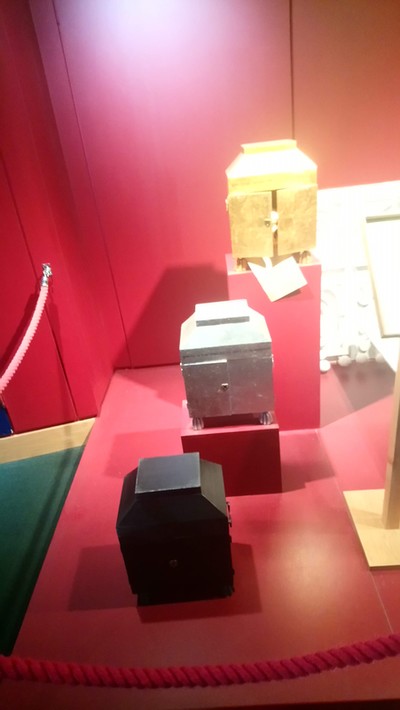

















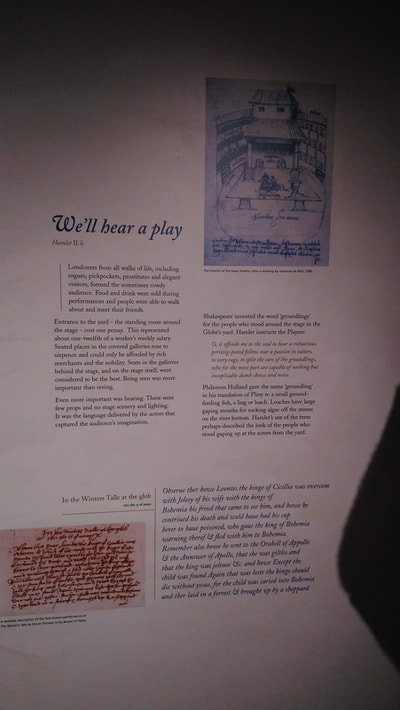

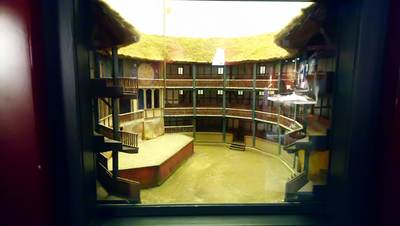
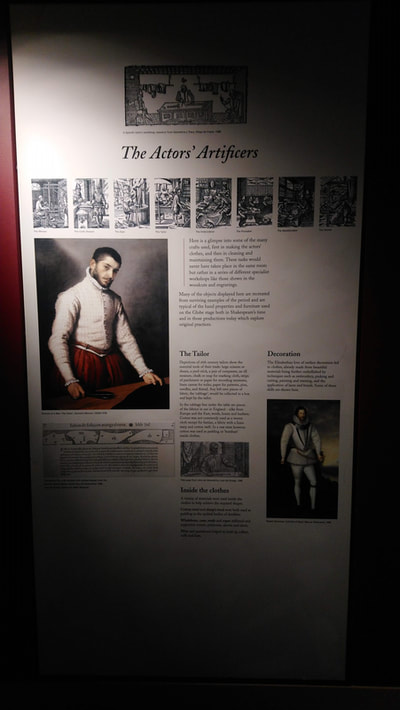


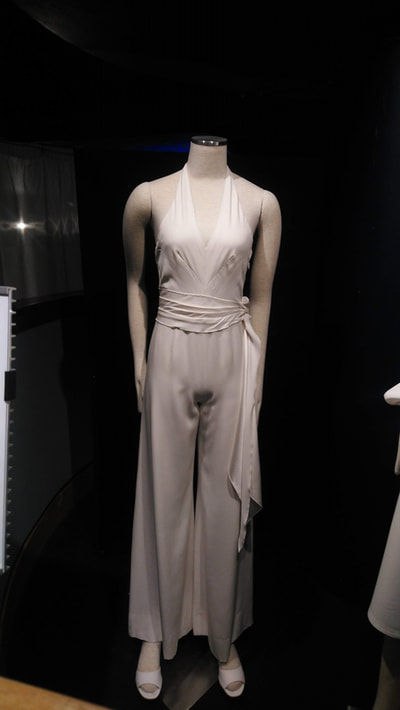


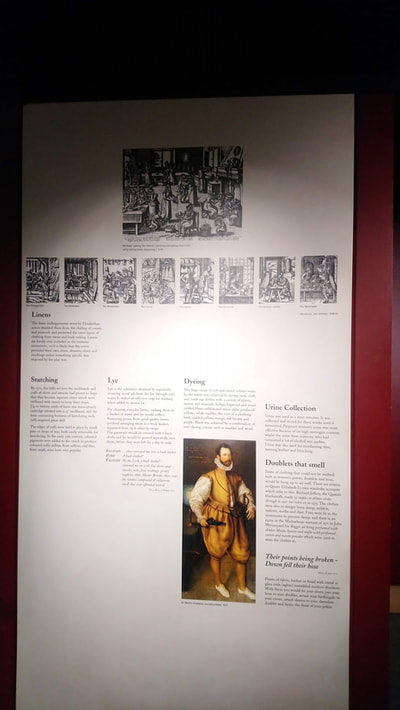

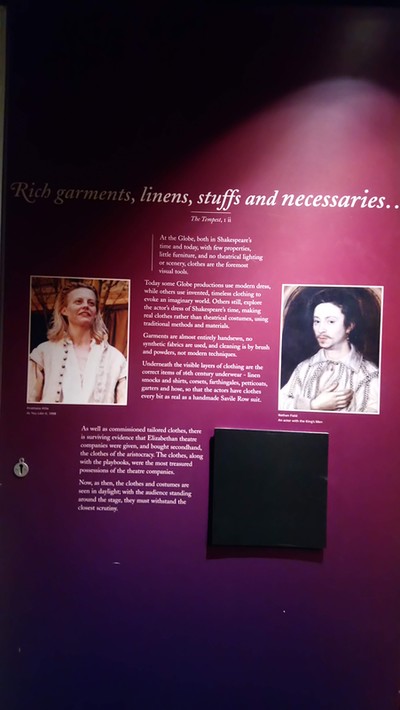

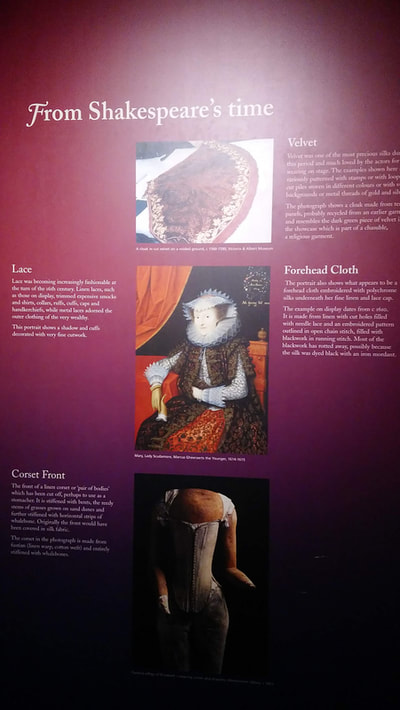
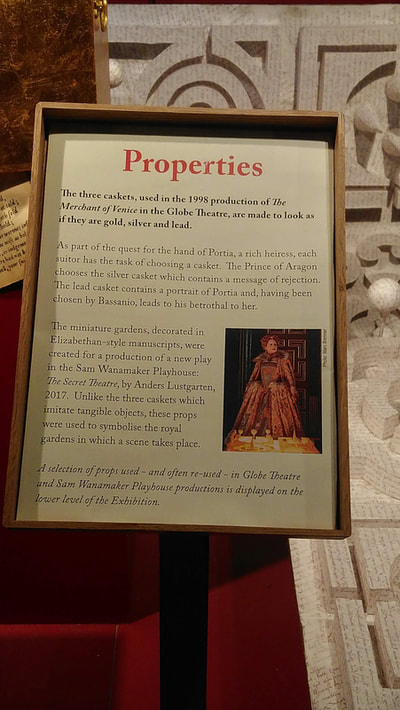




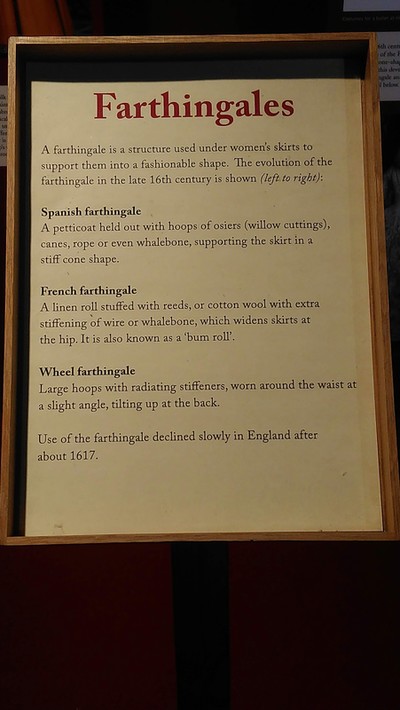

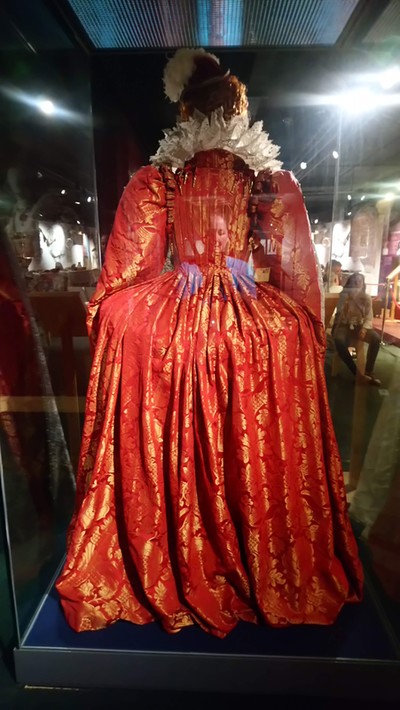

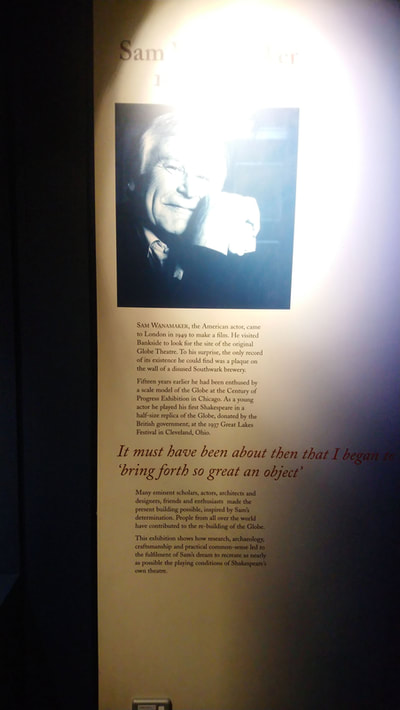





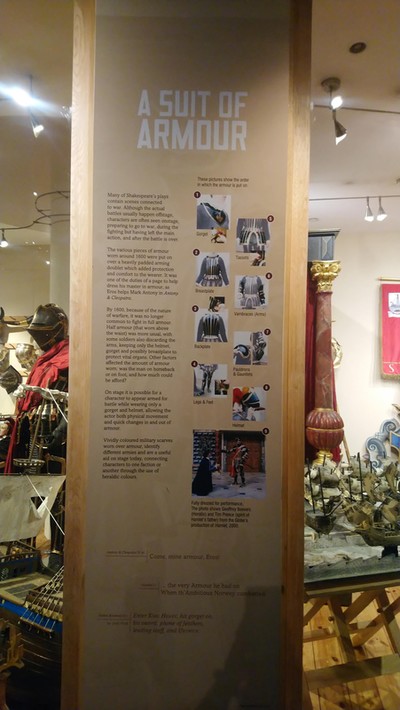


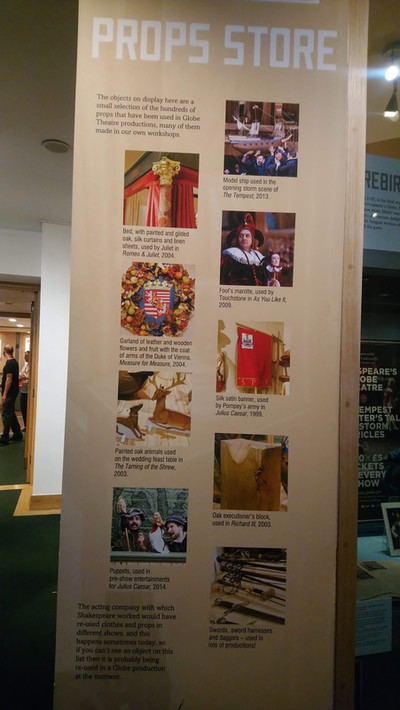




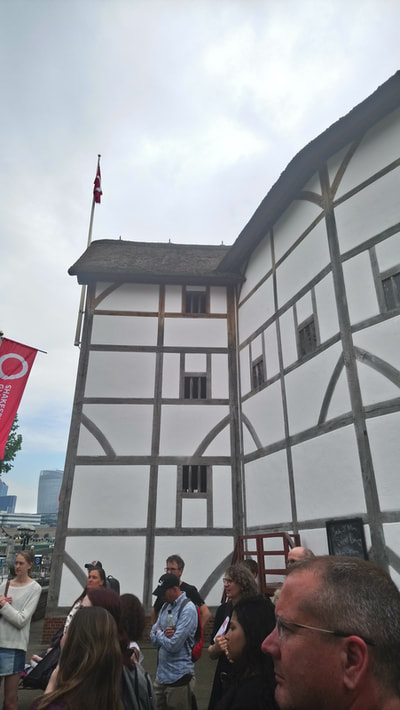
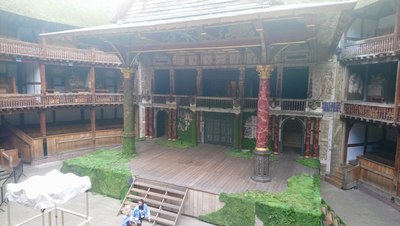




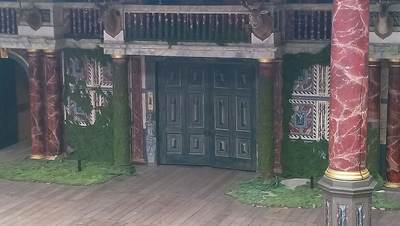




 RSS Feed
RSS Feed